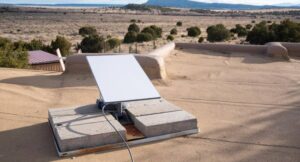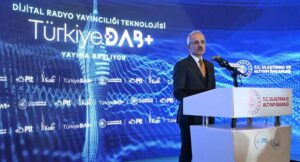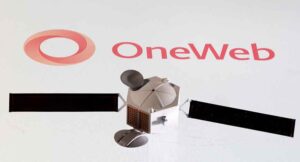As US President Donald Trump’s reciprocal tariff threat looms for exports of engineering goods and pharmaceuticals to textiles, India’s booming electronics goods shipments may be at least risk.
The duty disparity or the gap between import levies is one of the lowest for electronics among major categories, according to two people aware of the matter, who spoke on the condition of anonymity.
Commerce ministry data shows India’s electronics exports to the US face an average tariff of 0.41%, while US shipments under the same category face a duty of 7.64%, resulting in a gap of 7.23%. That’s far lower than 13% for diamonds and gold items, and 32% for meat and processed farm products.
The US tech giant Apple Inc, which began manufacturing in India in 2017, has been the biggest contributor to India’s electronics exports to the US in recent years. “This could influence the US’s approach to tariff adjustments on Indian electronic goods,” the people said, stressing that any duty hike would also impact American firms.
India’s shipments of mobile phones and electronic components to medical devices to the US have surged from about $986.22 million in FY18 to $10.05 billion in FY24, the commerce ministry data showed. These accounted for about 35% of total exports of the industry in the last fiscal.
The US market also presents a huge opportunity. Of the $4 trillion global electronics trade every year, the US alone imports nearly $700 billion worth of such goods.
“Given this dependence, India cannot achieve the Prime Minister’s $500 billion electronics manufacturing vision without deep integration into the US market,” said Ronak Pol, team lead at Foundation for Economic Development, a policy advocacy firm.
Moreover, India’s high tariffs were used as a strategic tool to protect domestic industry, but they now exceed those in competing hubs like China, Vietnam, Thailand, and Mexico, said Pol. “A reciprocal tariff response from the US could erode India’s competitiveness, disrupt supply chain shifts, and deter future investments.”
Queries sent on Monday to the spokespersons of the ministries of commerce, external affairs, US Embassy and Apple remained unanswered till press time.
Ajay Srivastava, a former commerce ministry official and founder of the Global Trade Research Initiative (GTRI), said, “Trump’s reciprocal tax plan goes against the WTO’s Most Favoured Nation (MFN) principle, which requires countries to apply the same tariff to all trading partners unless a free trade agreement (FTA) is in place. The US reciprocal tariff plan breaks this rule.”
The Indian government, however, hopes the electronics sector will not be included in the reciprocal tariff as the US “benefits significantly from exports of electronic goods, including smartphones”, said the first of the two people quoted earlier.
The second person said India is engaging with the US “as a friendly partner, we expect a positive outcome across all sectors”.
India has already reduced the basic customs duty on carrier-grade Ethernet switches from 20% to 10%, aligning it with the duty on non-carrier-grade Ethernet switches.
This reduction is expected to benefit US exporters, who supplied $653.4 million worth of these products to India in the last fiscal year. The tariff on synthetic flavouring essences dropped from 100% to 20%, benefitting $21 million in US exports.
The NDA government, led by Prime Minister Narendra Modi, has set an ambitious goal of achieving $500 billion in electronics exports by 2030. Commerce minister Piyush Goyal urged the industry on Monday (24 February) to aim for $100 billion in electronics exports in the next five to seven years.
Till January in FY25, the sector’s overseas shipments have already surpassed the previous financial year’s total of $29.11 billion, reaching $30.21 billion.
Besides the US, India exports electronics goods to the UAE, the Netherlands, the UK, Italy, Czech Republic, Austria, Germany, Russia, China, France, Japan and Hong Kong. LiveMint









